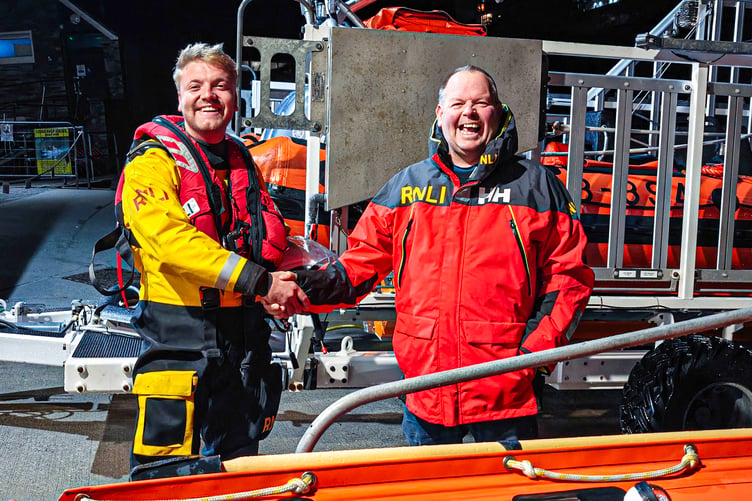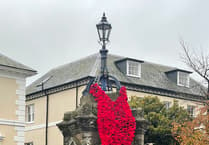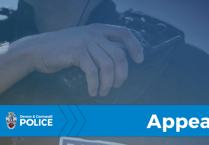AFTER months of rigorous training and dedication, Looe RNLI volunteer crew member Goron Jones has officially qualified as a D-class inshore lifeboat helm – a role that demands calm leadership, technical mastery, and quick decision-making in life-or-death situations at sea.
The decisive test came late last month, when Goron faced his final assessment aboard the D-class lifeboat Ollie Naismith II in the choppy waters of Looe Bay.
Joined by fellow helm Jack Spree and RNLI assessor and trainer Ollie George, Goron was tasked with taking full command of the lifeboat and a simulated emergency incident – demonstrating his navigation, search and rescue expertise, and ability to manage both vessel and crew under pressure.
This was no routine exercise. The assessment tested every aspect of seamanship from interpreting charts and leading coordinated search patterns to making split-second calls that could one day mean the difference between life and death.
Qualifying as a helm represents the culmination of months of relentless preparation, including written exams, onshore drills, and practical exercises in all conditions. And for volunteers like Goron, it’s a commitment measured not in hours but in heart.
Looe RNLI Lifeboat operations manager Clive Palfrey praised Goron’s achievement, describing it as a milestone not just for him but for the whole station.
“The role of an inshore lifeboat helm is very important as it requires sound judgement and leadership, often in challenging and hazardous conditions,” said Clive. “Goron success is testament to the many hours of training he had put in to learn the theory and practical skills of being a helm, ably supported and encouraged by the many other volunteers here at the station.”
Re-established in 1992, Looe RNLI operates two inshore lifeboats, the Atlantic 85 Sheila and Dennis Tongue II and the D-class Ollie Naismith II, manned entirely by local volunteers.

.jpg?width=209&height=140&crop=209:145,smart&quality=75)



Comments
This article has no comments yet. Be the first to leave a comment.